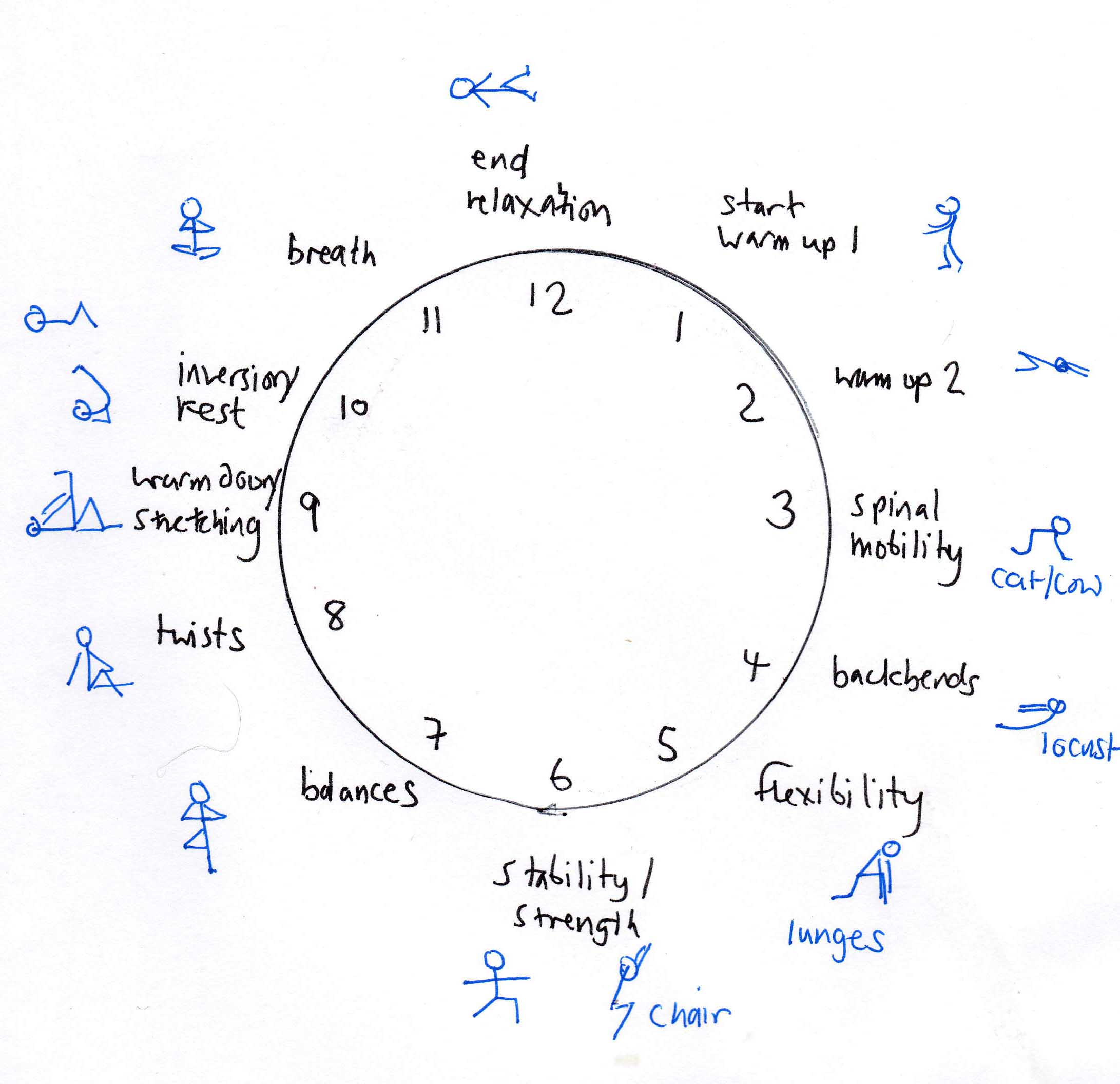Published: Feb 4, 2016 by Lucy Tennyson
Dealing with the stress of everyday life plays a crucial part in staying well, both mentally and physically. We all know that the mind and body are interlinked, and this linking (or yoking) of the two in yoga practice helps make it distinctive from other forms of exercise. Indeed, the word yoga comes from the Sanskrit word to yoke.
A key component of well-being is resilience: the speed in which we recover from adversity when our nervous system returns to calm after a period of stress. The most powerful tool we have at our disposal to improve this resilience is as simple as breathing. The breathing we practise in a yoga class helps our nervous system deal with stressful situations. Accessible to us anytime, anywhere, breathing exercises have a more profound beneficial effect if practiced over the long-term, normalizing our levels of cortisol (the stress hormone), helping us bounce back from stress more quickly, reducing our reactivity to stress, and increasing both calm and energy.
Some yoga breathing to try
I usually include pranayama (or breathing exercises) in my class. These are great for helping us let go of the day and its stresses, and bringing ourselves into the present moment. Last week, for example, I added a visualisation, and invited you to sit cross legged and imagine your breath was a stream of water flowing up the front of the body, to the top of the head, and flowing down the back to the base of the spine.
Another simple breathing exercise is diaphragmatic breathing, deep into the belly as singers are taught to do:
- Lying down, take a short in- breath through the nose
- Hold or pause for a moment
- Take a slightly longer exhale than the previous inhale
- Pause, before allowing the inhale to begin naturally through the nose, starting with the lower abdomen, and moving up through the chest
Another easy way of bringing calm through breathing is to count the inhale and the exhale. Try a few rounds, then come back to normal breathing. Never force or strain the breath, and always return to normal breathing if you feel at all dizzy or lightheaded.
